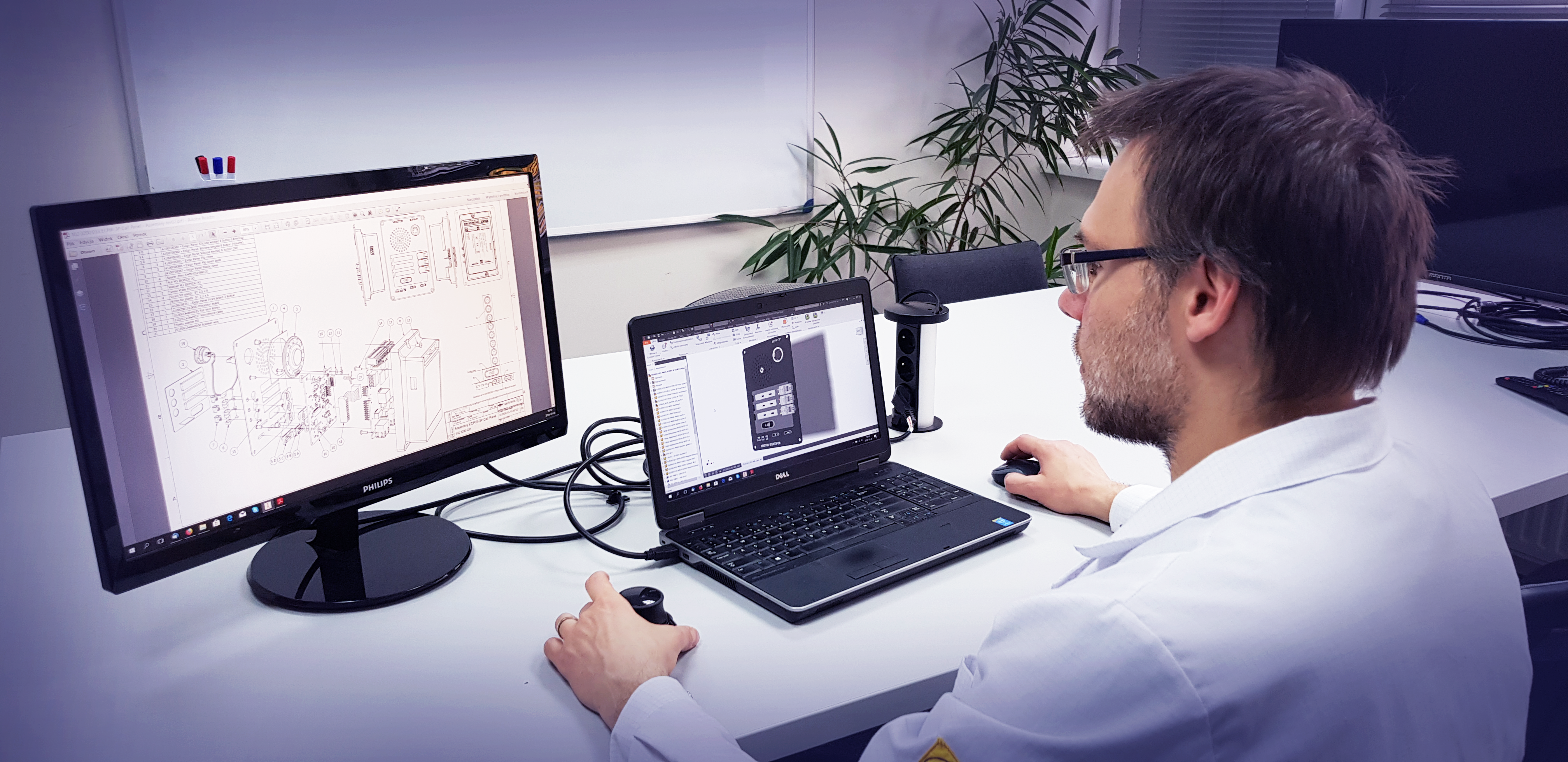Electronics companies often face production hurdles when scaling up. Leveraging design for manufacturing (DFM) principles early in the design phase can help identify and address potential production issues before they escalate.
Electronic devices are made for profit. No one invests in development to craft a prototype that will gather dust on a shelf. However, transforming a blueprint into a market-ready product is a lengthy and costly process. It involves significant expenses, both direct and indirect.
They include creating the design, component purchases, assembly, logistics, marketing, and more. Recouping costs and reaching profitability may take significant time post-launch. Sometimes, though, the product is an instant smash. Here’s where things get a bit tricky.
Unexpected demand can strain scalability
Fideltronik services various types of clients, ranging from startups to multinational corporations. We also deal with a wide array of projects, some highly innovative and difficult to predict in terms of market reception and profitability. Many of them, though, turn out to be instant hits already at the pilot stage.
For startups, this can be a reason to both celebrate and be concerned. Instead of capitalizing on early success, the company may be unable to accommodate a rapid growth in demand due to scalability limitations.
Challenges may include the following:
– extended production time: if the initial manufacturing process is designed for small-scale production, delays may occur when trying to scale up quickly,
– manual labor: while initially flexible, becomes a constraint as production volumes increase, leading to longer production cycles and higher labor costs,
– testing and quality control: additional testing equipment or personnel may be necessary to ensure new products meet quality standards before shipment,
Additional issues may include supply chain disruptions, limited resources, and lead times for some components.
Many, if not most, of the common issues occurring during a sudden increase in demand may be avoided by applying Design For Manufacturing (DFM) at the early stage of development.
Design for manufacturing: what are the benefits?
Design for manufacturing is an engineering practice of optimizing the design of a product to make it easier and more cost-effective to manufacture. It’s essentially designing with manufacturing capabilities and performance in mind from the very beginning.
Core principles of DFM include:
– simplification: keeping designs simple with fewer parts and easier assembly to minimize production complexity and cost,
– standardization: using common, readily available components to reduce reliance on specialized parts that might be scarce or expensive,
– manufacturability: considering manufacturing rules and process requirements and limitations during design to identify potential issues early,
– testability: designing products for easy and efficient testing to ensure consistent quality control.
DFM has numerous advantages. Most notably in this context, it allows for flexible production volumes, helping companies respond to market changes quickly and efficiently. It also reduces production costs, minimizes waste, ensures consistent results, and helps accelerate time to market by addressing manufacturing hurdles.
DFM helps avoid costly reworks upon moving to mass production
Designing devices for mass production differs significantly from small-scale manufacturing. In the latter case, even minor inefficiencies – such as a slight decrease in yield or a few-second increase in assembly or testing time – can lead to substantial costs.
Products designed without DFM principles may require significant redesigns to meet high-volume production demands. On the other hand, incorporating the DFM review process into the project early on allows companies to avoid much hassle.
Mastering DFM principles might not always fit perfectly within a startup’s agile workflow. Still, the approach can be applied during the prototyping phase (nearly all electronic device projects involve building prototypes), allowing for early adjustments and helping avoid bottlenecks.
Rapid prototyping with Fideltronik
Many of our clients, both current and prospective, are unaware that Fideltronik offers dedicated prototyping services (especially within the R&D department), including rapid prototyping capabilities.
This comprehensive offering helps us verify projects against potential production issues and optimize the manufacturing process. When the prototype is made, our clients receive immediate feedback on current and potential future issues in large-scale manufacturing.
Advantages of integrating DFM early in the process
Simple adjustments can significantly facilitate the production process. Examples include: spacing components differently, moving them to the other side of the PCB, or rotating them by 90 degrees. Such changes benefit not only mass production but also the pilot phase.
Typically, we recommend performing DFM early on, e.g., during the PCB design review or prototyping phase. Such a proactive approach prevents potential manufacturing issues and allows for timely adjustments. Overall, by leveraging DFM, startups can better navigate the transition from pilot to large-scale production, ensuring their innovations reach the market seamlessly and sustainably.

